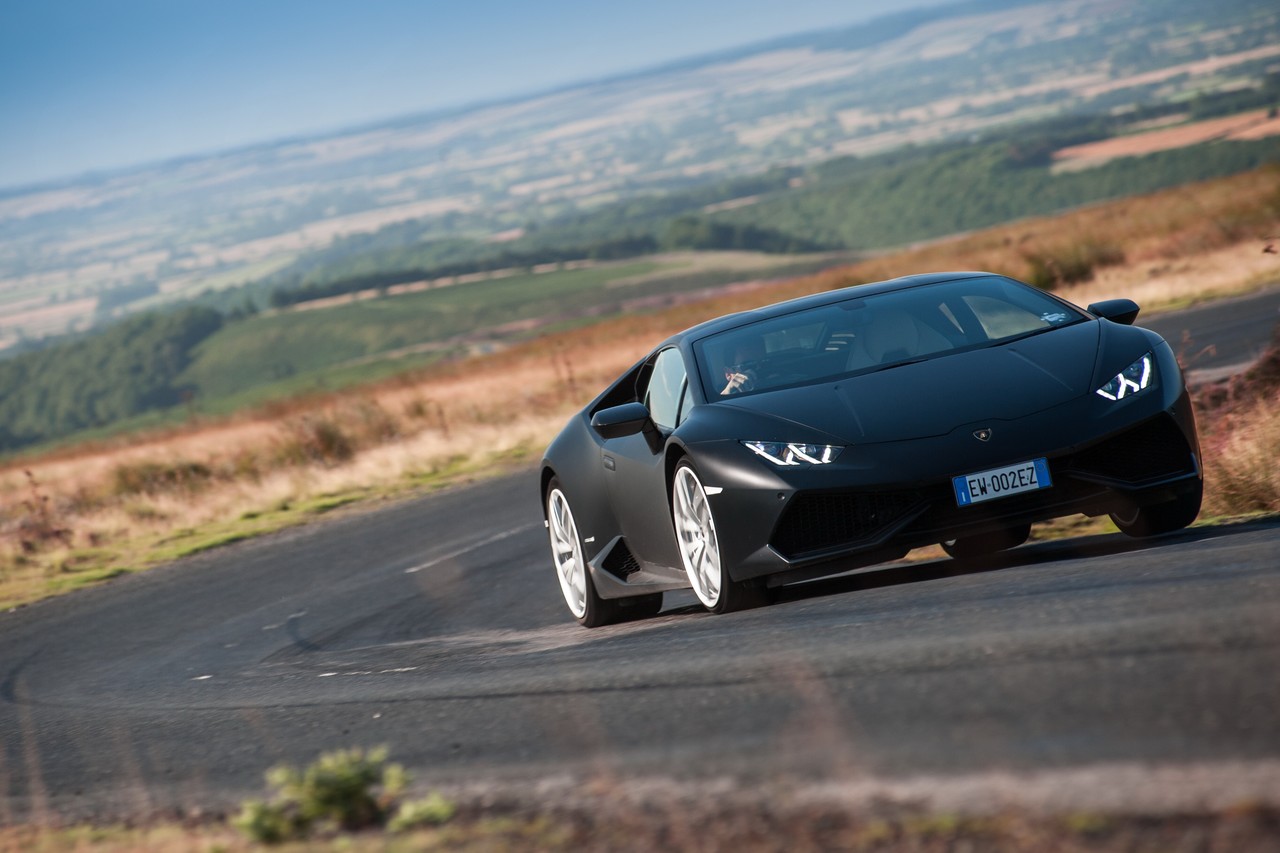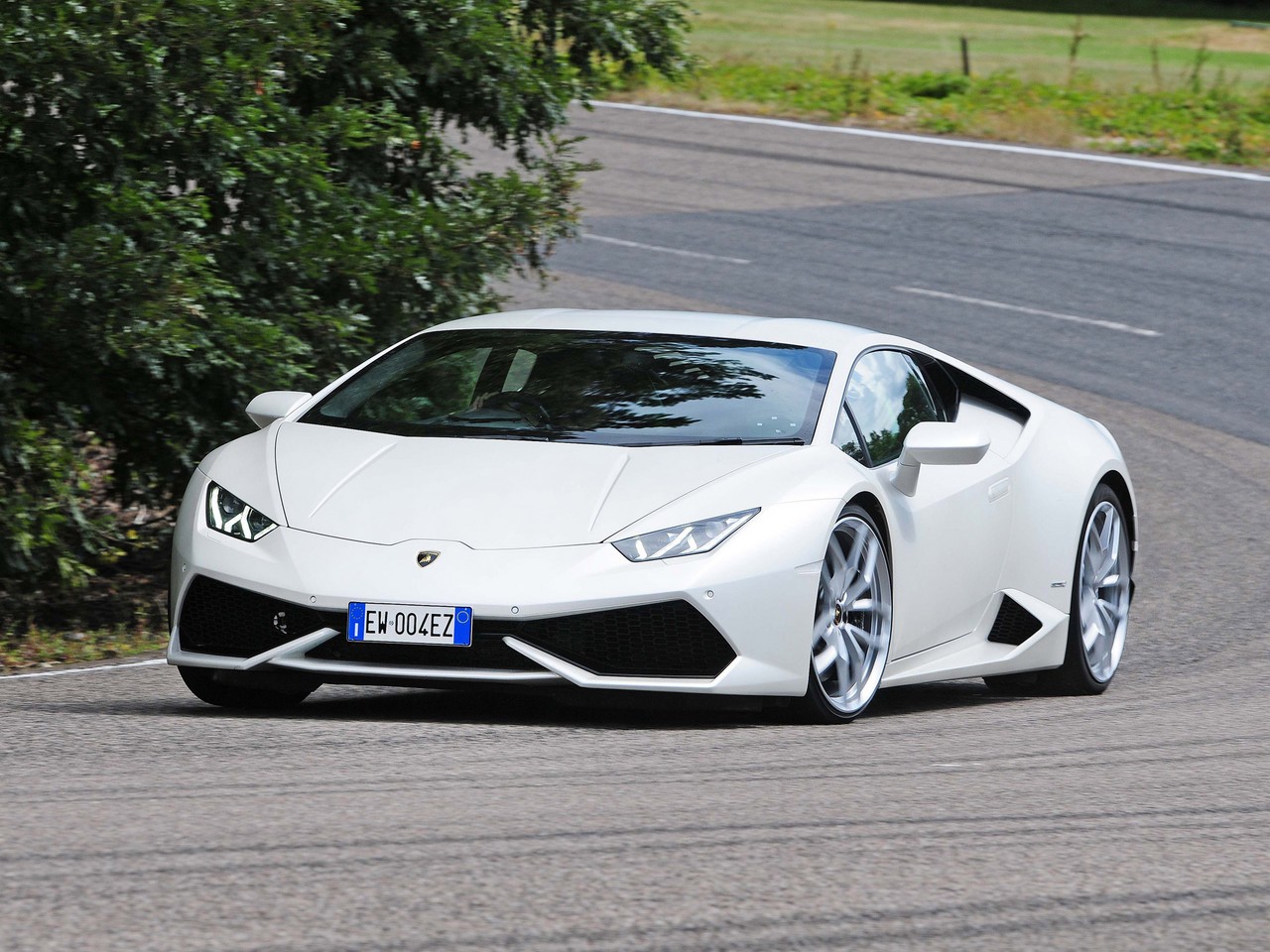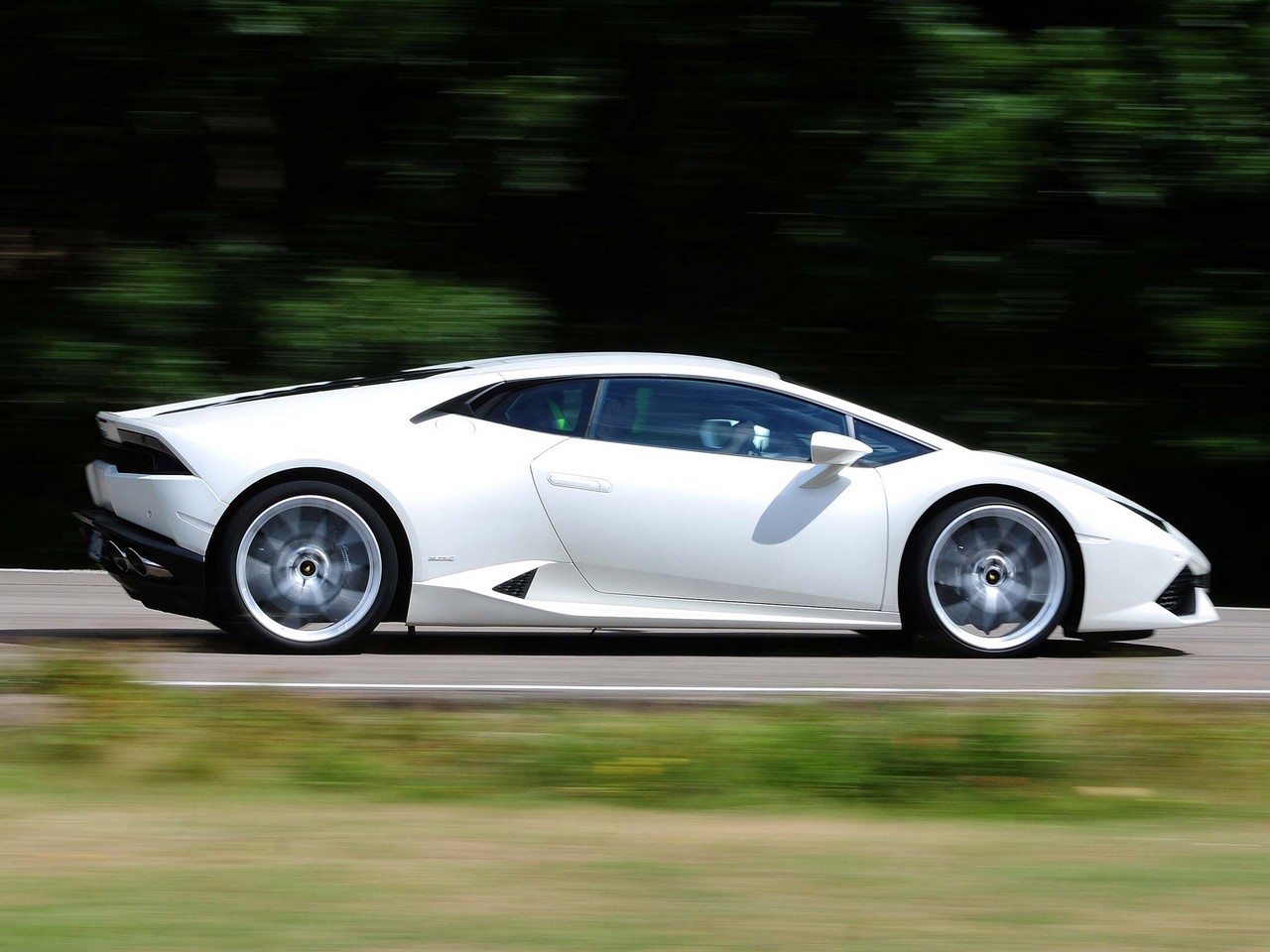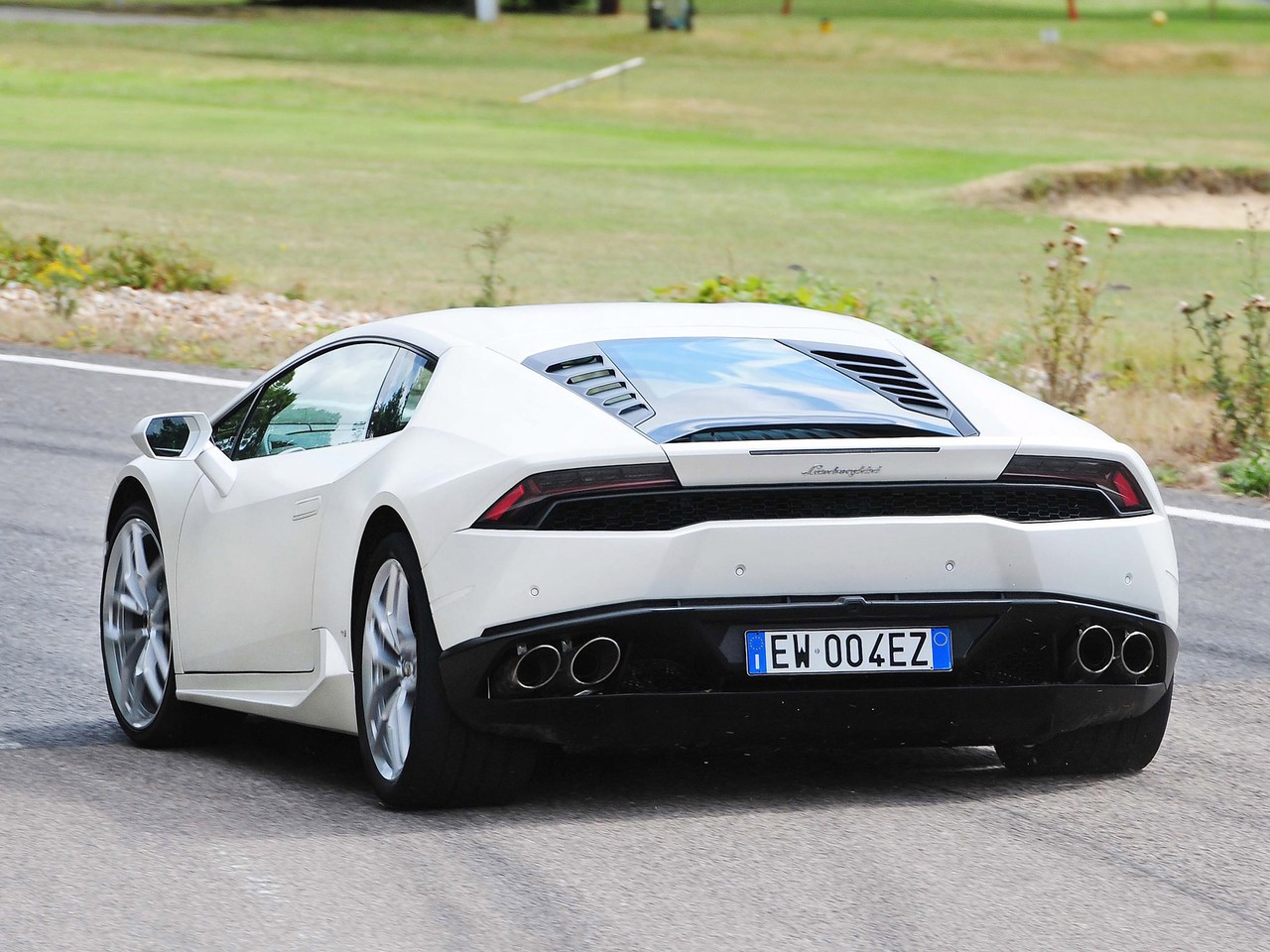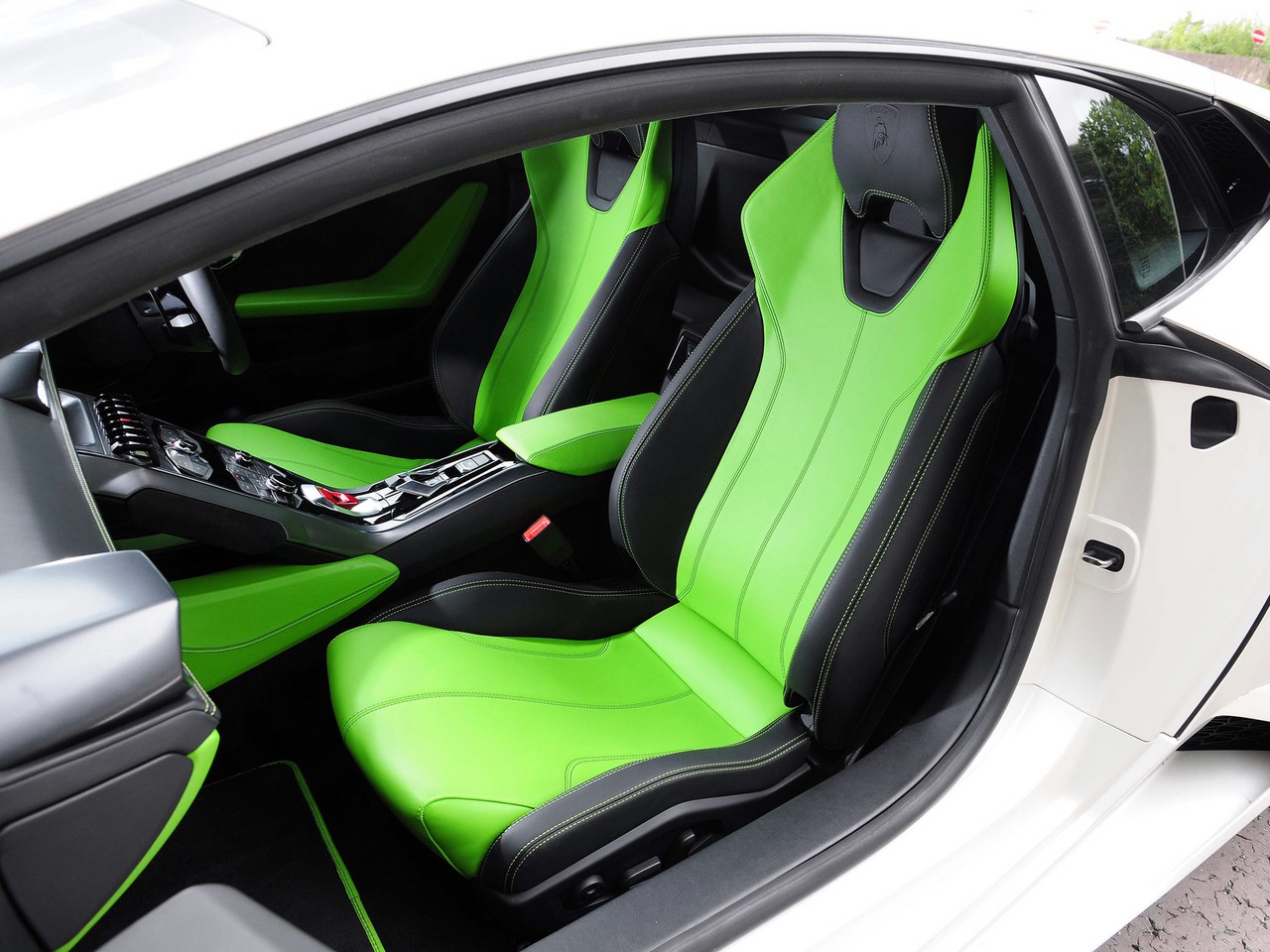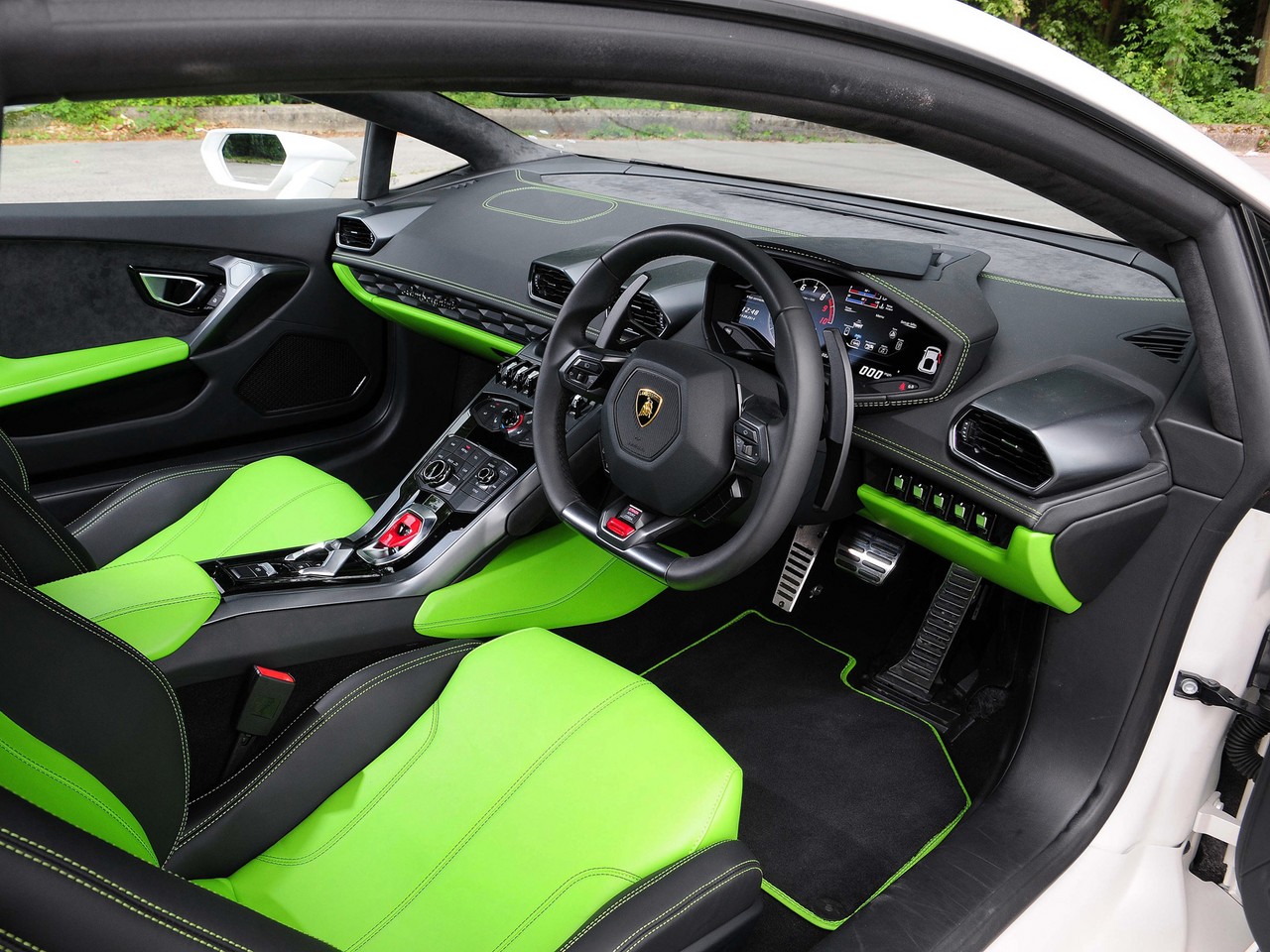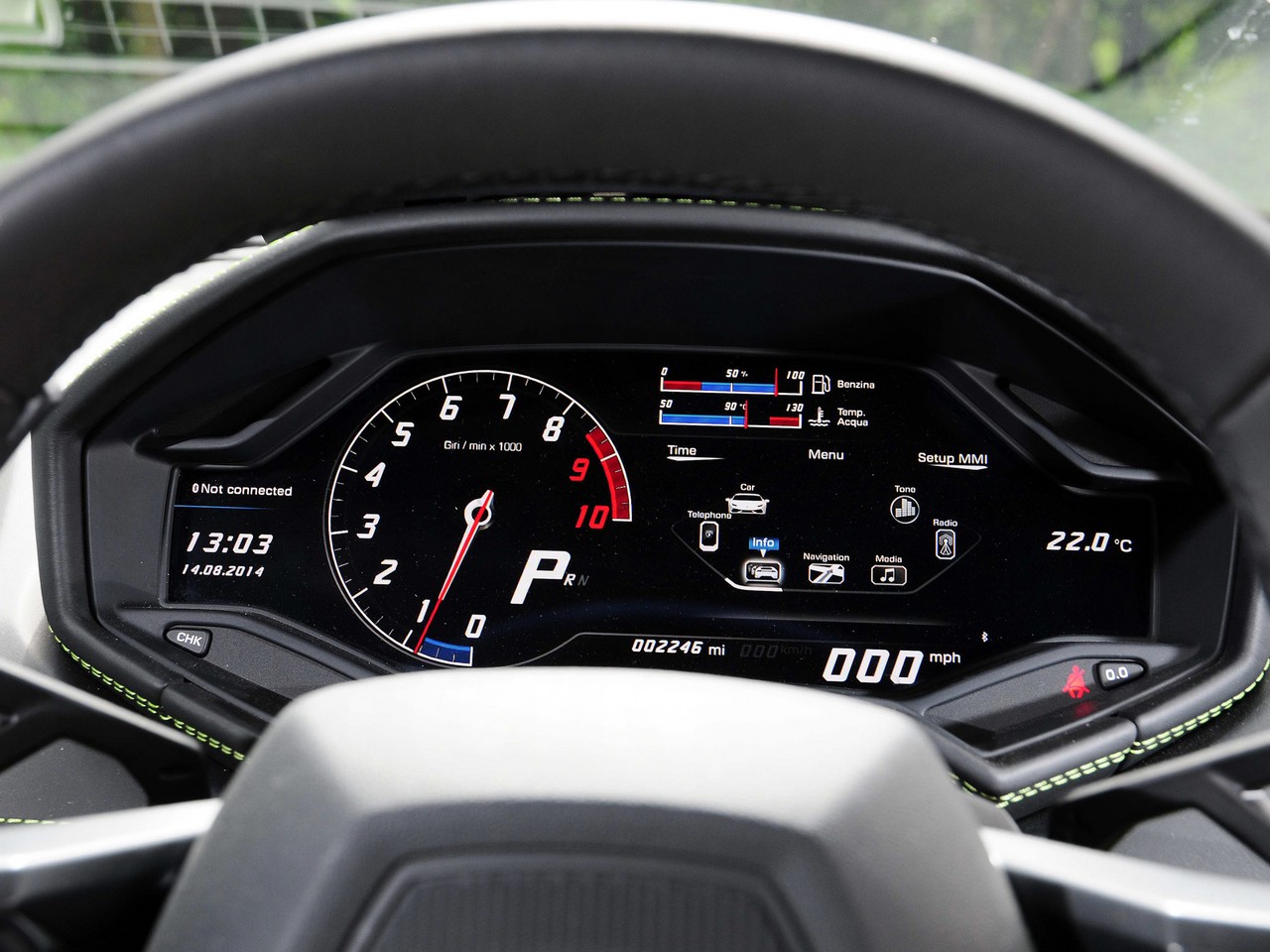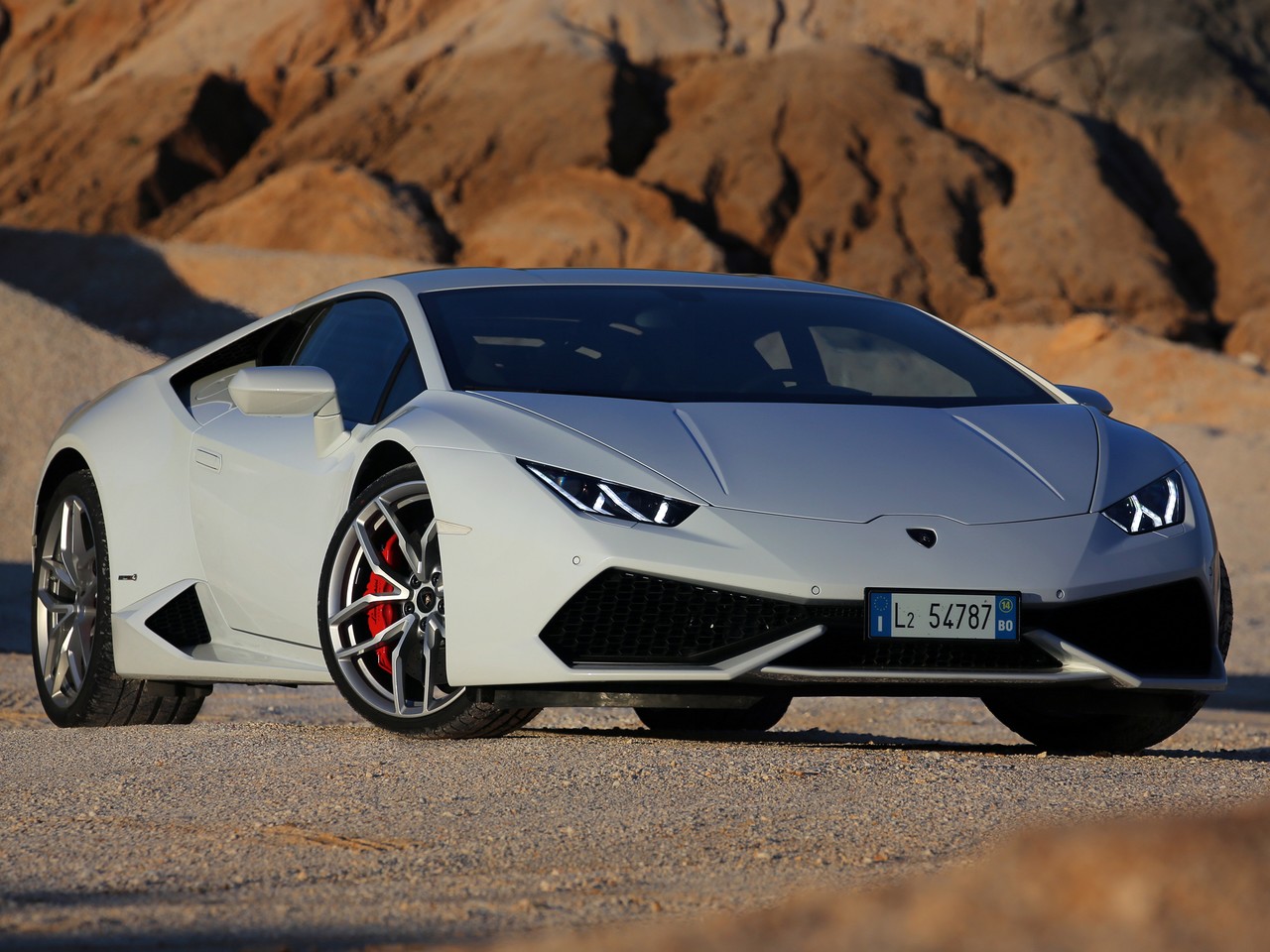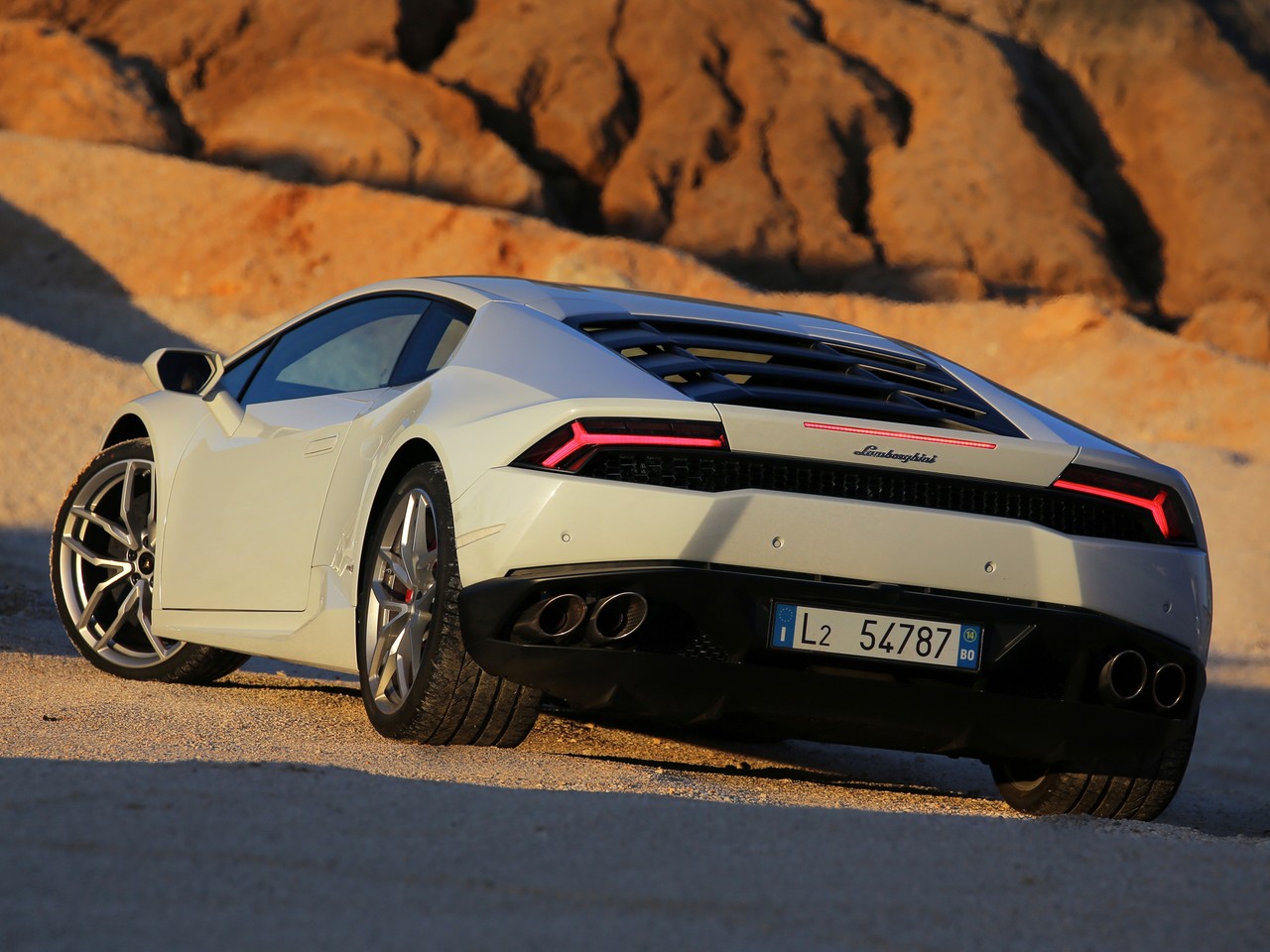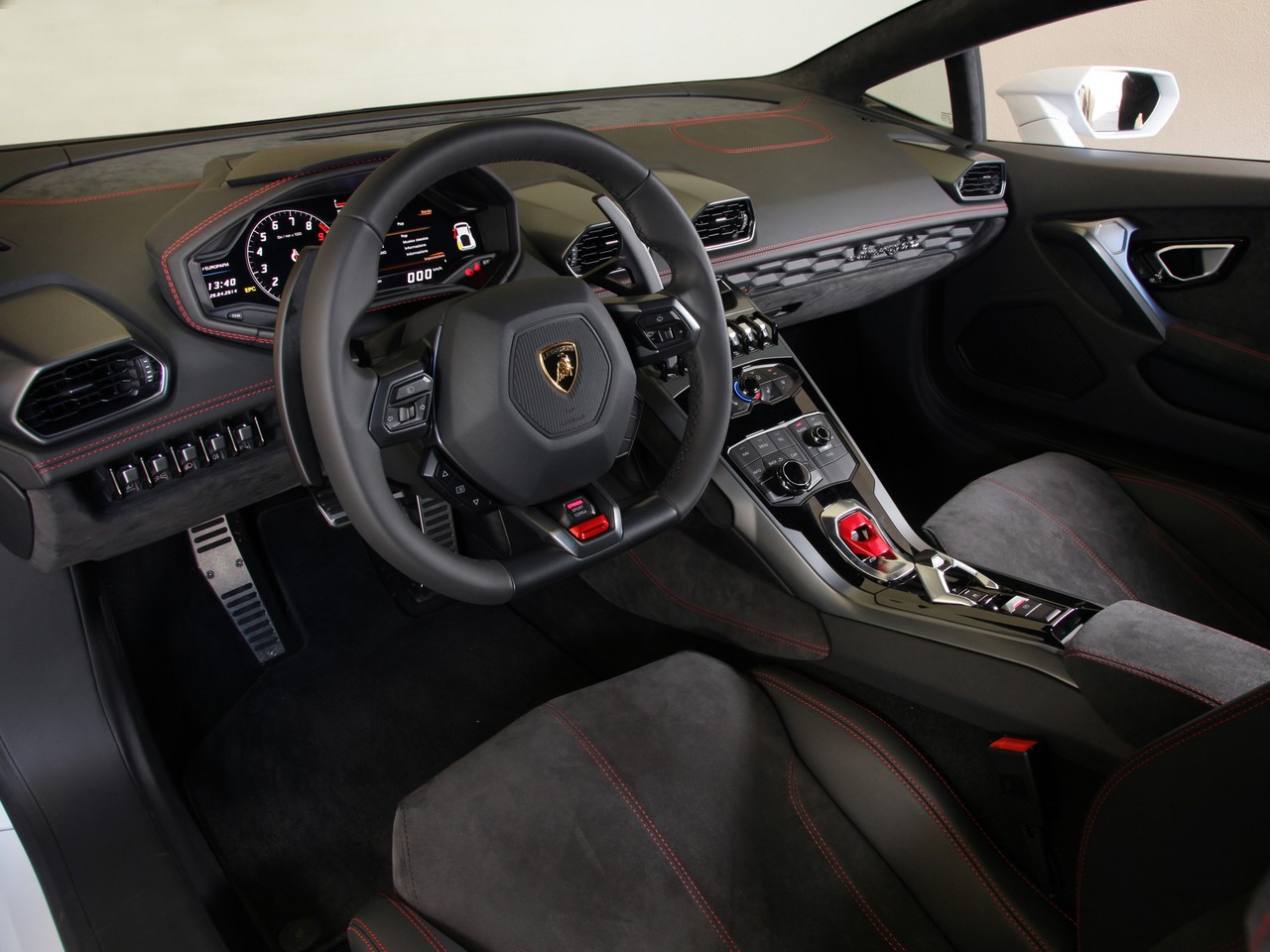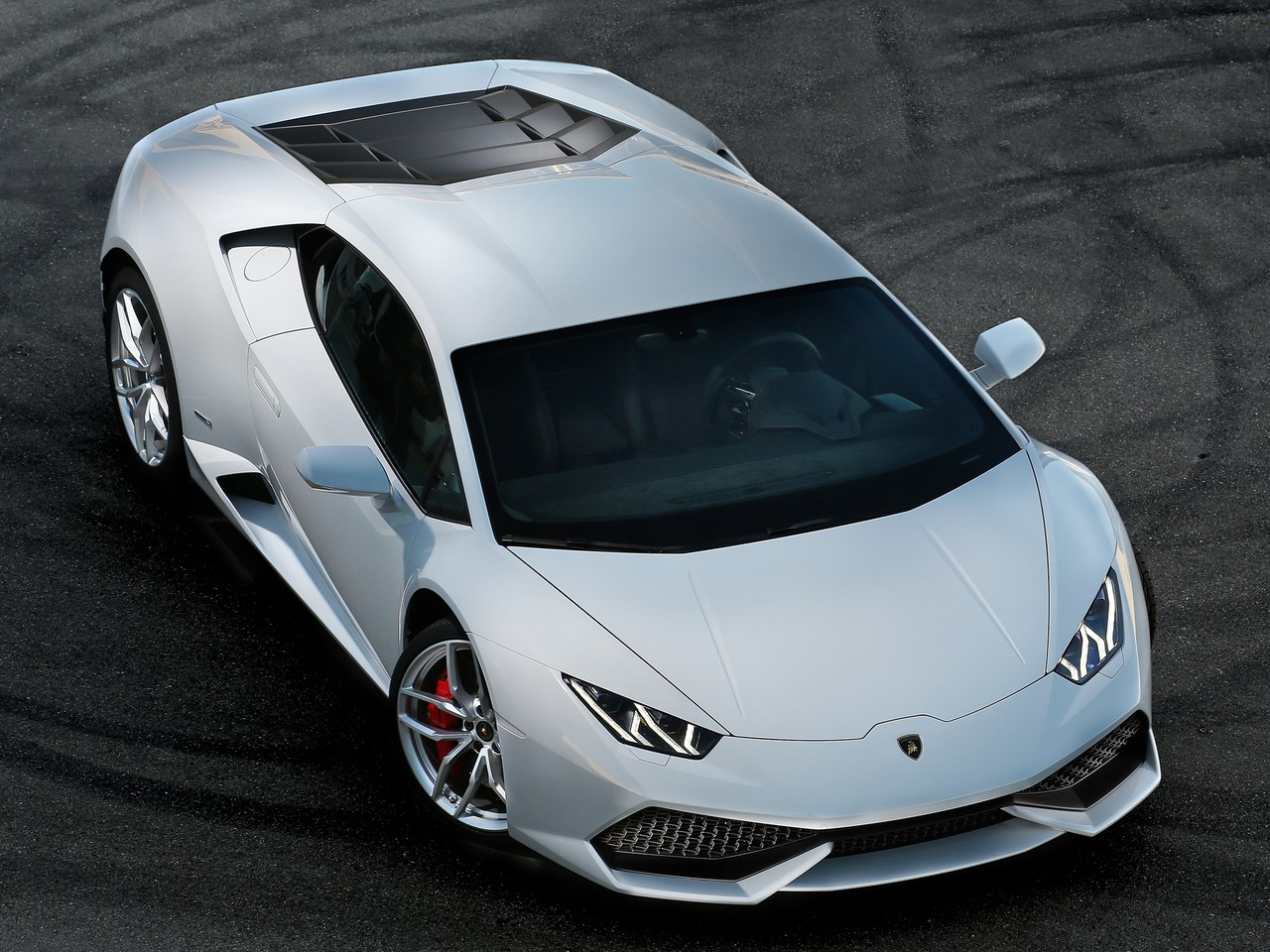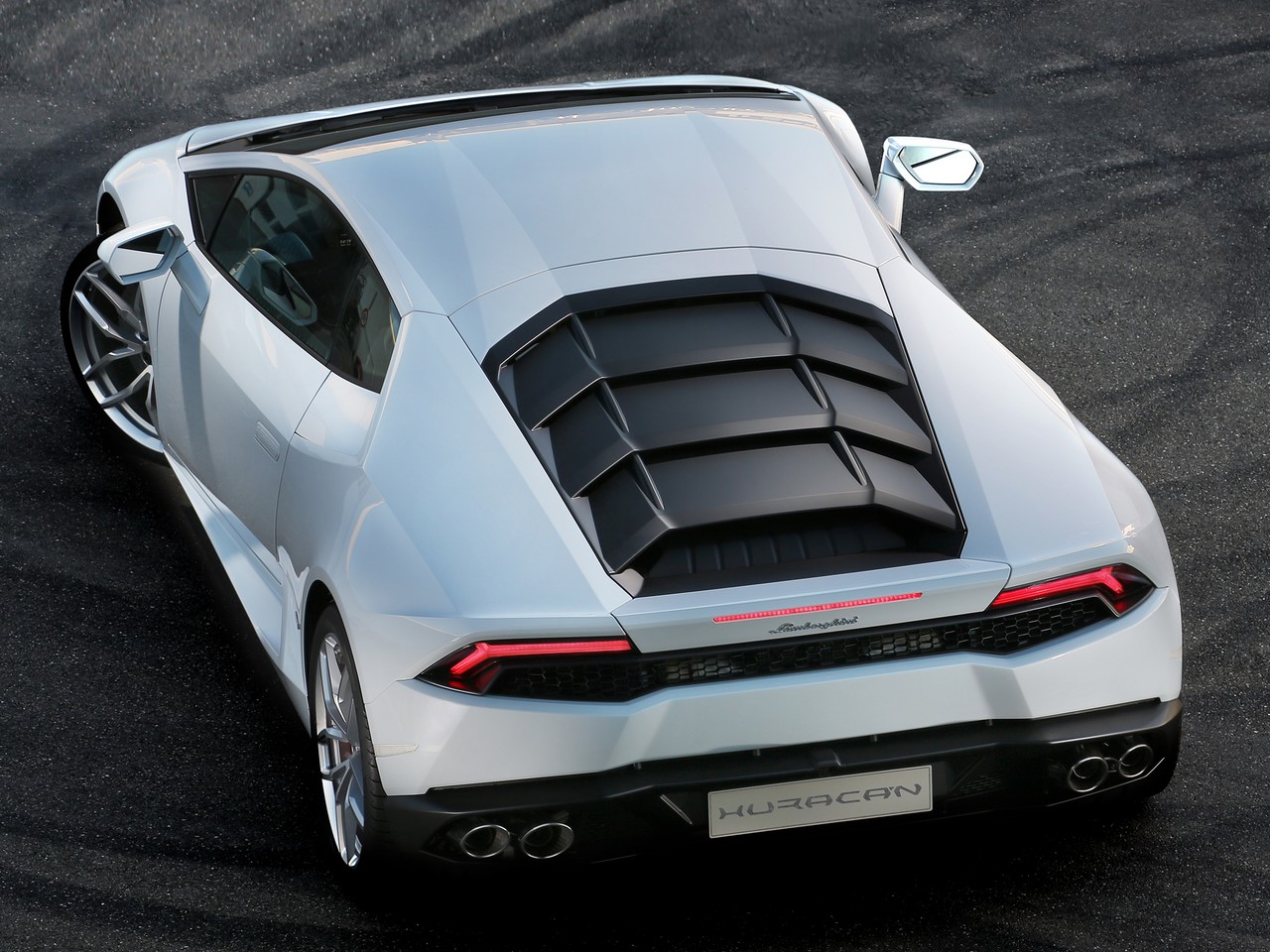
- Powerful 5.2-litre V10 engine
- Excellent dynamics
- Audi-influence apparent in build and finish
- Lack of steering feel
- Road noise
- High running and maintenance costs
Review: Lamborghini Huracán (2014-on)
Overview
Production of the Lamborghini Huracán commenced in the second quarter of 2014 and the model was officially released in Australia in September 2014. Manufactured in sant’Agata Bolognese, Italy, the all-wheel drive Lamborghini Huracán LP 610-4 is powered by a 5.2-litre V10 petrol engine that was mated to a seven-speed double clutch transmission (the ‘Lamborghini Doppia Frizione’ or LDF). The Huracán was initially available as a coupe, with Spyder models released in Australia in November 2015.
V10 engine
Compliant with Euro 6 emissions standards, the naturally-aspirated 5.2-litre V10 petrol engine had a cast aluminium alloy cylinder block and head, direct and indirect fuel injection (Iniezione Diretta Stratificata), double overhead camshafts (chain-driven) with 42 degrees of adjustment, four valves per cylinder, dry sump lubrication and a compression ratio of 12.7:1 (+/- 0.2).
For the dual injection system, the common-rail injection system injected fuel into the cylinders – at pressures of up to 180 bar – on start-up and under higher loads and revs. At lower loads, however, fuel was injected indirectly via the manifold to reduce fuel consumption and particulate emissions. At medium loads and revs, both injection systems work together.
The 5.2-litre engine featured a ‘Stop & Start’ function that enabled the engine to shut down when the vehicle was stationary in traffic. From November 2015, the engine also had a cylinder deactivation system that could shut down all the cylinders in one of the engine banks (i.e. five cylinders) at lower engine loads to reduce fuel consumption.
The Lamborghini Huracán LP 610-4 could accelerate from rest to 100 km/h in 3.2 seconds and to 200 km/h in 9.9 seconds; its top speed was 325 km/h.
| Engine | Trans. | Peak power | Peak torque | |
|---|---|---|---|---|
| Huracán LP 610-4 | 5.2-litre petrol V10 | 7sp DCT | 449 kW at 8250 rpm | 560 Nm at 6500 rpm |
Dimensions
Compared to the Lamborghini Gallardo which it replaced, the Huracán was 159 mm longer (at 4459 mm), 24 mm wider (1924 mm), the same height (1165 mm) and have a 60 mm longer wheelbase (2620 mm). With its ‘hybrid chassis’ which combined aluminium and carbon fibre materials, the Huracán had a dry weight of 1422 kg.
For the Huracán Spyder, the soft-top roof could be lowered and raised in 17 seconds and operated at speeds up to 50 km/h.
Suspension and steering
The Lamborghini Huracán had double wishbone suspension front and rear which was made from forged aluminium to reduce unsprung mass. As an option, the Huracán was available with ‘MagneRide’ damper control whereby the shock absorbers contained magnetorheological fluid and their resistance could be varied through the application of an electric current that increased the fluid’s viscosity.
The Huracán had electromechanical, rack-and-pinion power steering. Also available as an option, Lamborghini’s ‘Dynamic Steering’ variable ratio steering system could vary the steering ratio between 17:1 to 9:1 according to whether the driver was in city traffic or driving at speed.
All-wheel drive system
The Lamborghini Huracán LP 610-4 had an all-wheel drive system which utilised an electronically controlled and hydraulically actuated multi-plate clutch. Positioned at the front axle, the multi-plate clutch was connected to the rear axle-mounted transmission via a prop shaft which ran through the V10 crankcase.
In normal conditions, the all-wheel drive system provided a front:rear torque split of around 30:70. In the event that traction at the rear axle was diminished, the clutch could engage to direct up to 50 per cent of the engine’s torque to the front wheels. Furthermore, up to 100 per cent of the engine’s torque could be directed to the rear axle.
At the rear axle, the LDF transmission had an integrated mechanical differential lock.
Safety equipment
Standard safety equipment for the Lamborghini Huracán included dual front airbags, front side airbags (with head/thorax protection), ABS, electronic brake force distribution, brake assist, electronic stability control, traction control and front seatbelt pretensioners.
Brakes
The Lamborghini Huracán LP 610-4 had 380 mm by 38 mm carbon ceramic front brake discs with six-piston calipers and 356 mm by 32 mm rear carbon ceramic brake discs with four-piston calipers.
Features
Standard features for the Lamborghini Huracán LP 610-4 included 20-inch ‘Giano’ alloy wheels with 245/30 front and 305/30 rear Pirelli P Zero tyres, a six speaker sound system with a CD/DVD player, auxiliary inputs (USB/iPod) and Bluetooth mobile phone connectivity, a 12.3-inch colour TFT instrument panel for the tachometer, navigation maps and infotainment functions, climate control air conditioning, power adjustable front seats, soft leather trim (for the dashboard, centre console, centre seat panels and door panels), Alcantara upper dashboard covering, LED headlights, daytime LED running lights, a leather-wrapped steering wheel, remote central locking, power windows and heated mirrors, an alarm and immobiliser.
Using Lamborghini’s new ANIMA (Adaptive Network Intelligent Management) dynamic drive mode system, the driver could select from Strada, Sport and Corsa drive modes via a button in the lower steering wheel spoke. Each of these modes provided specific settings for throttle response, transmission behaviour, the all-wheel drive system, dampers, electronic stability control and exhaust noise.
Related links
